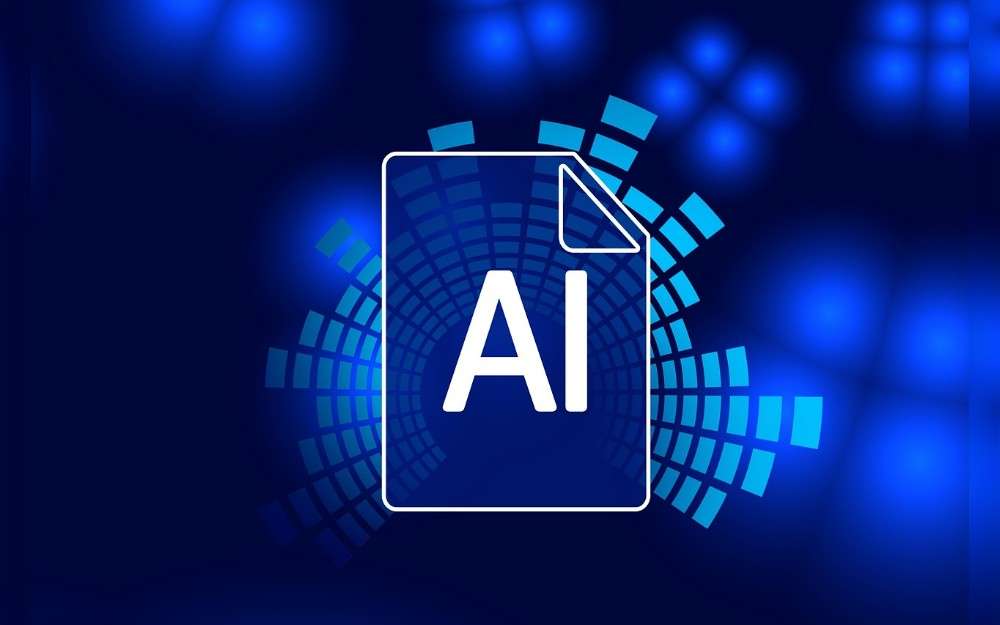

AI is used by automated hacking to find new vulnerabilities quicker than human hackers. Phishing attacks use artificial intelligence (AI) to create fake emails and identify potential victims. Patterns are prepared by AI for brute-force password cracking (A brute force attack is a hacking technique that cracks encryption keys, login credentials, and passwords through trial and error).
A new breed of deepfakes made possible by AI can create realistic audio and video, which might be exploited for blackmail, fraud, and disinformation operations. Deepfakes are particularly useful for impersonation attacks.Bots with artificial intelligence (AI) capabilities can be used to propagate false material on social media sites or launch Distributed Denial of Service (DDoS) assaults.
A cybercriminal can write an email using ChatGPT that is flawlessly grammatically correct and uses English in a way that seems authentic.The use of deepfake technology a combination of media manipulation and machine learning to produce believable-looking synthetic media content is among the most alarming advancements.Cyber criminals oten use deepfakes to disseminate false information, commit financial fraud, and damage reputations.
The techniques used by cybercriminals to crack and breach passwords are continuously becoming more complex. Artificial intelligence may now be used to easily hack simple passwords.
AI is already being used by the majority of security solution providers for cybersecurity. Automating repetitious tasks like data gathering and analysis, system administration, attack surface accounting, and vulnerability identification is made possible by artificial intelligence.











